Creating an effective, high functioning, and high achieving team begins with intention. These qualities are maintained through practice and effort. There is no quick and easy, snap your fingers exercise which will achieve the same result. Challenge yourself to improving your team’s effectiveness. Not sure how to start? Here are a few commonly asked questions around growth through intention setting.
Question 1: How does a team set an intention?
Answer: Collectively, teams set an intention for a desired and obtainable description of themselves to become truth. This is done by consistently giving this idea positive attention. Intentions are declared, written, spoken aloud and internalized.
A team meets to declare their intention to improve their time management. They write an affirmation, “We plan ahead to finish on time”. Team members speak to each other about their schedules by focusing on positive actions or ways to improve. Individuals believe they are able to meet deadlines.
Question 2: How is an intention different from a goal?
A goal is concrete. Goals are either achieved, or not. An intention is an ongoing aim, which is met only when the team or individual is satisfied. Even then, intentions may need to be readdressed after a team has achieved success.
A team sets a goal to complete a specific project on time. The intention is to make this timely result a habit over the long term. A team may succeed in completing the first project on time and celebrate their success. If the next project again falls behind schedule, the team must reaffirm their intention and refocus.
Question 3: How does a team improve their effectiveness?
Answer: Seek advise from the experts. Over the past few decades, several research teams have attempted to determine which combination of elements best create effective teams. Findings from these studies are similar, though not quite the same. While one plus one will always equal two, combining one person with another sees unique reactions each time. For this reason, in place of handing out one size fits all solutions, products from these studies have offered models to guide decision making.
Three Recommended Models:
The Lencioni Model, from Patrick Lencioni’s book, Overcoming the Five Dysfunctions of a Team published 2002.
The Katzenbach and Smith Model, from Jon R. Katzenbach and Douglas K. Smith’s book, The Wisdom of Teams, published in 1992.
The GRPI Model. from research done by Mark S. Plovnick, Ronald E. Fry, and Irwin M. Rubin, published in 1977.
Question 4: When is the best time to start an intention?
Answer: The best time is always now! Whether you start big or small, you start moving forward. Lake Geneva Team Building Adventures has facilitators ready to answer your team’s specific questions and help you move forward in your intentions.



